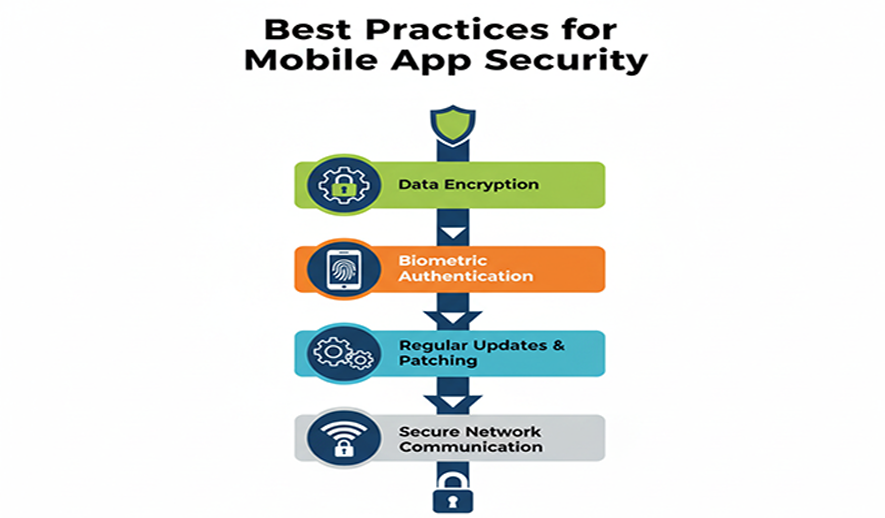
Best Practices for Mobile App Security
A robust mobile app security strategy involves a combination of secure development practices, strong authentication and data handling, and ongoing monitoring. Security is not a one-time effort but an ongoing process that is integrated throughout the entire app development lifecycle.
Best practices for secure development and coding
- Embrace secure design principles: Incorporate security considerations like "least privilege," "defense in depth," and "zero trust" from the very beginning of the app's architecture.
- Validate input and sanitize output: Validate all user and external input to prevent injection attacks (e.g., SQL injection, Cross-Site Scripting) and sanitize all output to prevent execution attacks.
- Obfuscate code: Use tools to minify and obfuscate the app's code to make it difficult for attackers to reverse engineer and discover vulnerabilities.
- Secure the backend and APIs: Protect the server-side infrastructure and APIs with robust authentication, input validation, and rate-limiting measures. APIs should also use secure protocols like HTTPS.
Best practices for authentication and data
- Implement multi-factor authentication (MFA): Add an extra layer of security beyond a simple password by requiring biometrics, push notifications, or a one-time password (OTP).
- Securely manage sessions: Use short, randomized session tokens and invalidate them after a period of inactivity or logout.
- Protect sensitive data in transit: All data transmitted between the app and servers should be encrypted using strong, modern protocols like Transport Layer Security (TLS).
- Encrypt data at rest: Sensitive information stored locally on the device should be encrypted. For iOS, use the Keychain; for Android, use the Keystore system with hardware backing when available.
- Minimize data leakage: Do not store sensitive data in unnecessary places like logs, backups, or cache files. Follow the principle of data minimization and ask for user consent when collecting personally identifiable information (PII).
Best practices for testing and monitoring
- Conduct security testing throughout the lifecycle: Perform a combination of Static Application Security Testing (SAST) on the code and Dynamic Application Security Testing (DAST) on the running app.
- Perform penetration testing: Regularly conduct penetration tests, either manually or through specialized services, to simulate attacks and find vulnerabilities.
- Monitor for security incidents: Use analytics and monitoring tools to detect and respond to threats in real-time. This includes monitoring logs and device integrity checks.
- Plan for regular updates: Have a plan for releasing regular security patches and updates, and if a critical vulnerability is discovered, use a mechanism to force users to update.
Other key considerations
- Implement anti-tampering controls: Use runtime detection to check if the app is running on a rooted or jailbroken device, and add anti-debugging measures.
- Follow platform-specific security guidelines: Both Apple and Android provide specific security recommendations for their platforms, such as using the Secure Enclave on iOS for keys or the Play Integrity API on Android for device checks.
- Manage third-party dependencies: Audit third-party libraries and components for known vulnerabilities, as they can also pose a risk to your app's security.
Educate users: Advise users to install app updates and use strong, unique passwords.
